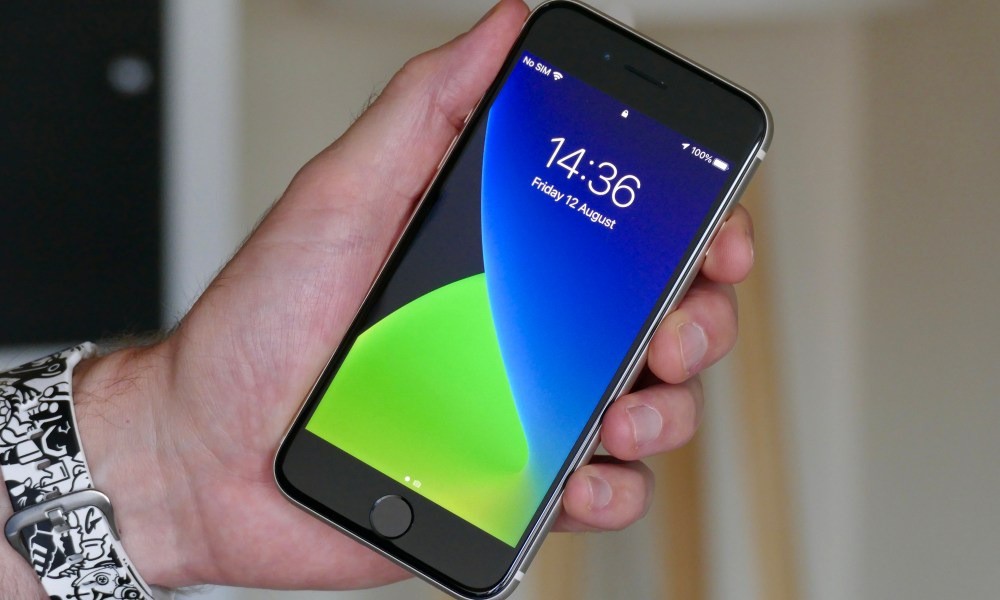The iPhone SE is outdated at the moment and it is no longer the optimal choice recommended by Apple in the low-cost segment.
While all eyes are on Apple for its next flagship iPhone 16 lineup, not everyone wants or even needs a phone that starts at nearly $1,000. For those looking for a budget phone, one of the options Apple has to offer is the iPhone SE (2022), which is considered a budget-friendly option.
The iPhone SE (2022) is the iPhone for those who don’t need any extra bells and whistles. Indeed, it still has a home button, which Apple ditched when it switched to Face ID. Ultimately, it’s a good size for those who don’t like their phones to be too big.
But the iPhone SE is outdated now, considering Apple hasn't updated it in two years. Even when it launched, it was running an older processor, and while the camera is decent, it's not the best. Here are some alternatives you can consider instead of the iPhone SE (2022).
iPhone 13 or iPhone 14
If you still want a cheap iPhone and don't want a Home button, you might consider the iPhone 13 or iPhone 14. These two phones are almost identical, with some very minor differences.
The iPhone 13 and iPhone 14 both have 6.1-inch OLED displays that look much better than the LCD display on the iPhone SE (2022). With OLED, you get richer colors and deeper blacks, which is important when scrolling through content on your mobile device, especially since the screen is also wider without a home button.
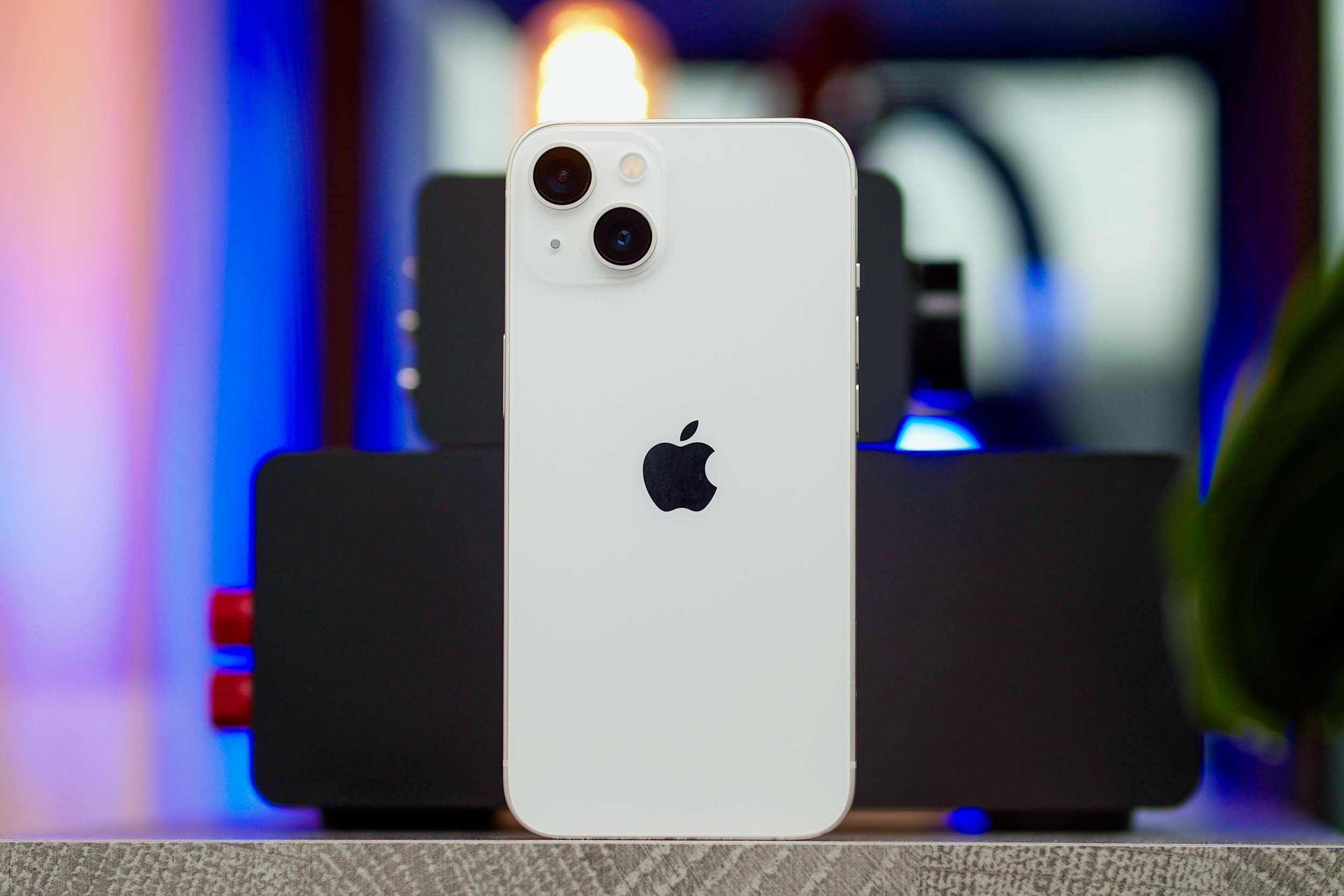
Apple iPhone 13 (Photo: Digital Trends)
Apple has put the A15 Bionic in both the iPhone 13 and iPhone 14, so they should be faster. Both phones are also likely to get the iOS 18 update, although you won't get Apple's AI features. As for the cameras, both have dual-camera systems with a 12MP main lens, a 12MP ultra-wide lens, and can shoot Portrait mode, Night mode, Cinema mode videos, etc. On the front, you also get a 12MP selfie camera, which is better than the 7MP camera on the iPhone SE.
In terms of connectivity, the iPhone 13 and iPhone 14 both support 5G cellular speeds and offer storage options ranging from 128GB to 512GB. Enough space for your personal data
The biggest difference between the two is that Apple has added more safety features with the iPhone 14. So while the iPhone 13 still has Emergency SOS (like the iPhone SE), the iPhone 14 has added satellite Emergency SOS, Crash Detection, and even satellite Roadside Assistance.
iPhone 13 starts at 10.9 million VND. iPhone 14 starts at 12.9 million VND.
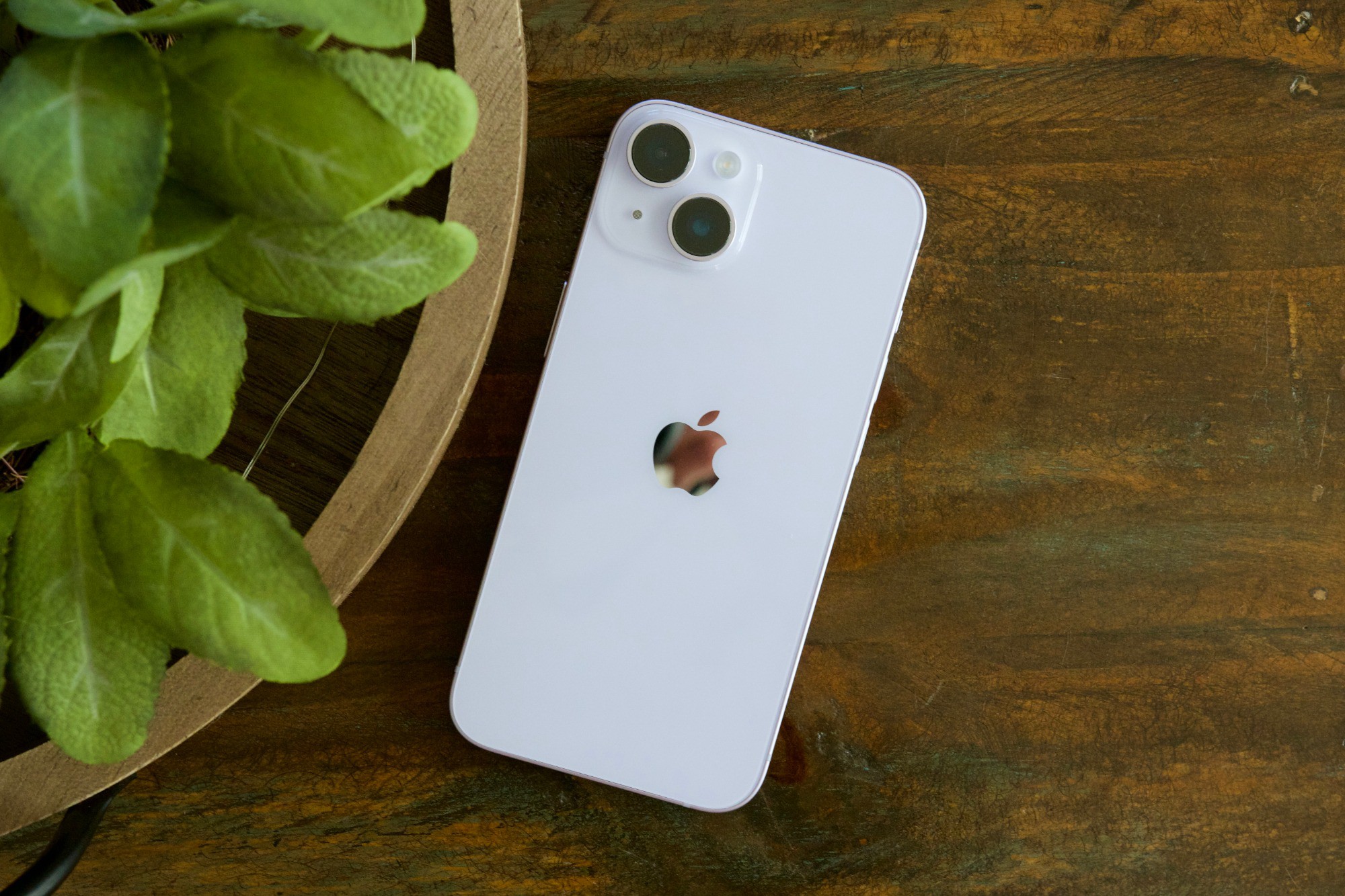
Apple iPhone 14 (Photo: Digital Trends)
iPhone 15
If you have a better budget, the iPhone 15 is definitely worth considering.
Like the iPhone 13 and iPhone 14, the iPhone 15 also has an OLED display that looks great with vibrant colors and deep, smooth blacks. But the iPhone 15 takes things a step further with a Dynamic Island, which replaces the notch on previous generations. Dynamic Island is a novel way to view notifications, interact with apps in the background, and give you status indicators at a glance. It's more useful than a notch that doesn't do anything.
The A16 Bionic inside the iPhone 15 is the same as what Apple uses in the iPhone 14 Pro, so you get blazing fast performance. The iPhone 15 also has a dual-camera system with a 48MP main camera and a 12MP ultra-wide lens, and regular photos can be up to 24MP. This means higher-quality photos with more detail and color. The selfie camera is 12MP.
iPhone 15 is priced from 15.9 million VND
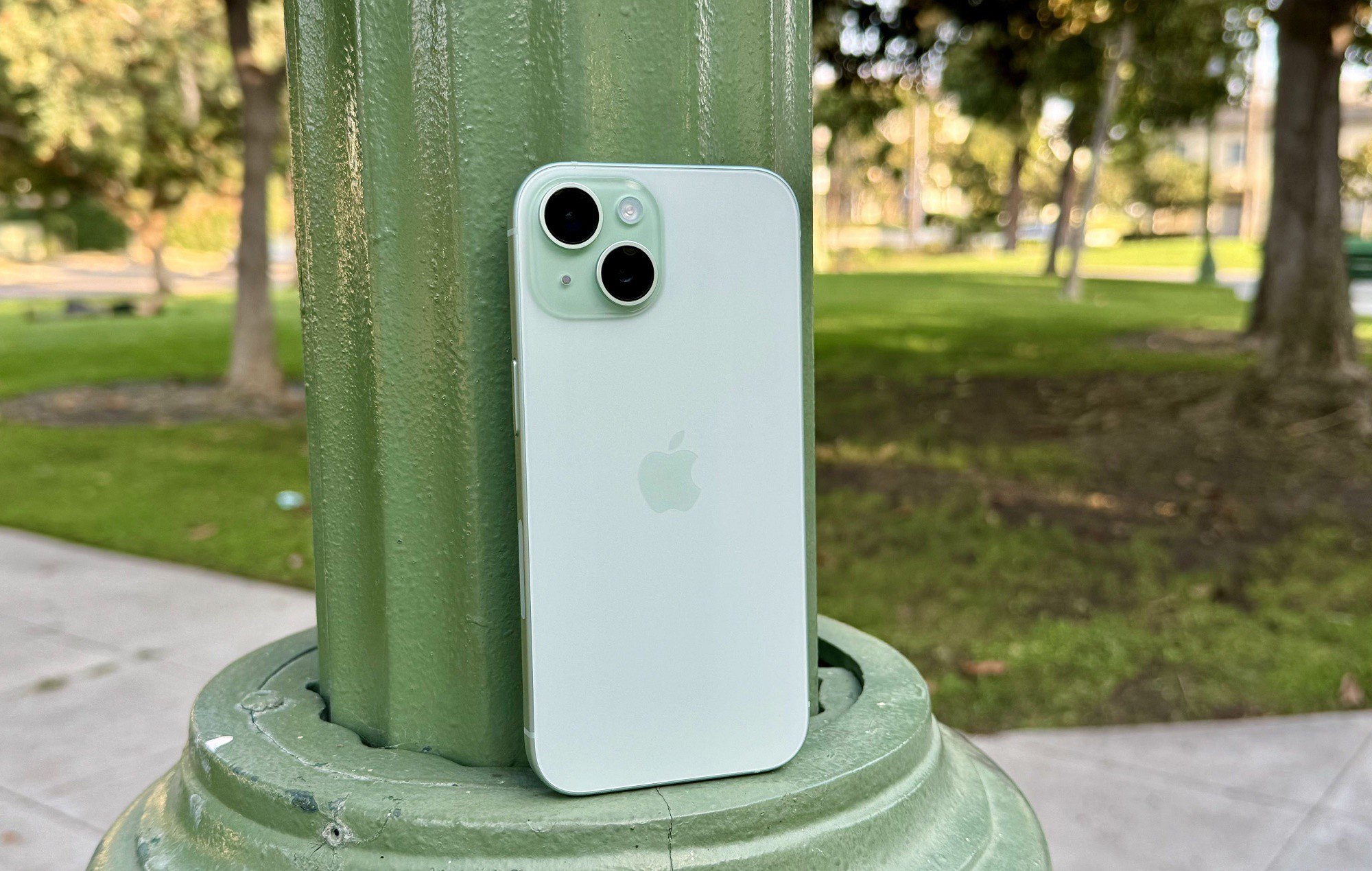
Google Pixel 8a
The Pixel 8a has a similar design to its larger siblings: the Pixel 8 and Pixel 8 Pro. It has more rounded corners than before and a classic camera bar on the back. Even though the Pixel 8a has a plastic back instead of glass, it still looks great with a matte finish. Plus, it comes in fun blue and green colors, which you won't get with the iPhone SE.
Despite being a budget phone, the Pixel 8a packs some impressive display technology and specs. The 6.1-inch OLED display has a 120Hz refresh rate and features Always On Display. Inside, the Pixel 8a packs a Tensor G3 chip, Google's in-house processor, 8GB of RAM, and 128GB or 256GB of storage.
Google's Pixel phones are known for their great cameras, and the Pixel 8a is no exception. It has a 64MP main camera and a 13MP ultra-wide lens built into the rear camera bar. On the front, there's a 13MP selfie camera. And with Google's suite of AI photography tools like Magic Eraser, Magic Editor, and Best Take, you have everything you need to get the perfect shot.
Google Pixel 8a is priced from 8.79 million VND.
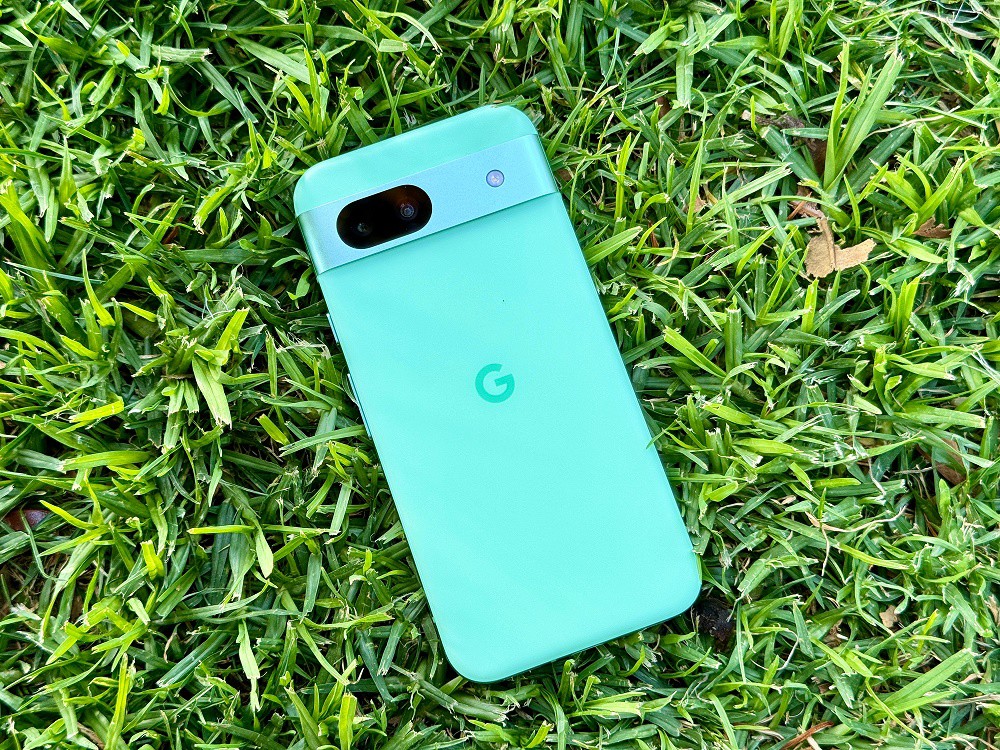
OnePlus 12R
The OnePlus 12R is a smartphone that really gives you a lot of bang for your buck. It offers 2023 flagship specs for half the price of other high-end phones.
With the OnePlus 12R, you get a large 6.78-inch AMOLED display with a resolution of 2780 x 1264, which translates to 450 pixels per inch (ppi). It’s incredibly sharp and clear, with vibrant colors and deep blacks. You also get a 120Hz refresh rate and an incredible peak brightness of 4,500 nits.
The OnePlus 12R uses the Snapdragon 8 Gen 2 chip, which is used in most flagship phones launched in 2023, from the Samsung Galaxy S23 Ultra to the OnePlus 11. So despite being a year old, the OnePlus 12R still packs incredibly fast performance and power. The base model has 8GB of RAM, but you can upgrade the OnePlus 12R to 16GB of RAM, which is a lot for a phone.
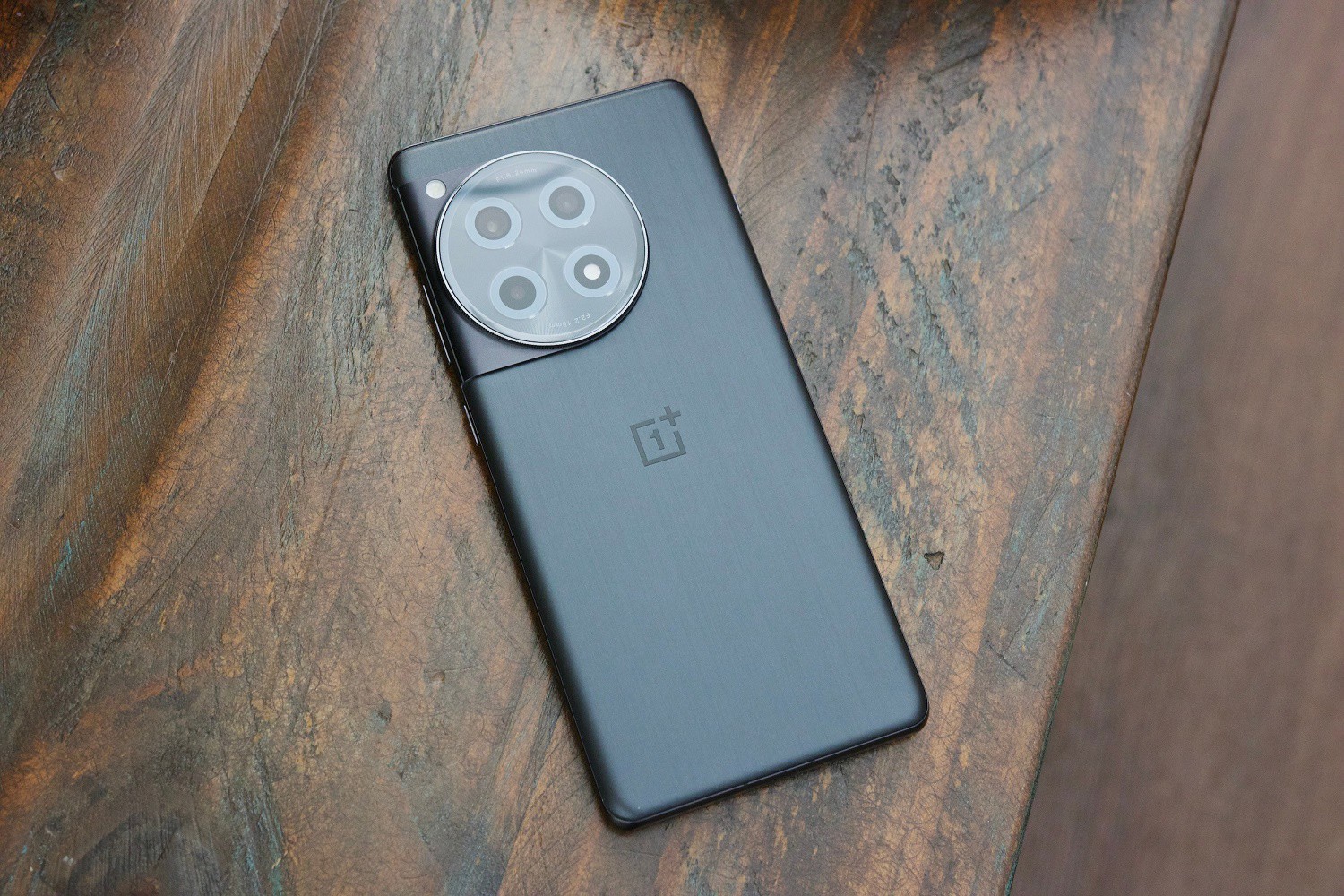
In terms of cameras, the OnePlus 12R has a 50MP main camera, an 8MP ultra-wide, and a 2MP macro lens. On the front, there's a 16MP selfie camera. Unlike the OnePlus 12, the OnePlus 12R doesn't have Hasselblad image processing or color correction. You'll still get great photos with the main camera, though the ultra-wide and macro aren't as impressive.
In terms of battery life and charging, the OnePlus 12R is almost unbeatable with a 5,500mAh battery that lasts up to two days of basic use. The device also has a built-in 100W SuperVOOC fast charging feature, allowing users to charge the device quickly.

